Engineer hired to lead IndyGo projects
Jennifer Pyrz will serve as chief development officer and vice president of infrastructure, strategy and innovation.
Jennifer Pyrz will serve as chief development officer and vice president of infrastructure, strategy and innovation.
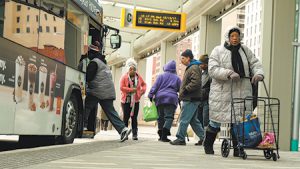
IndyGo says it’s cutting service because ridership has dropped as businesses have shut down or asked employees to work from home.

After the Indiana Senate passed a compromise on the IndyGo funding feud Wednesday night, the Indiana House killed the measure by not voting on it before adjourning for the year.

The new language offered on Monday afternoon would gradually phase in how much IndyGo has to fundraise and would require a new traffic study on the impact of the proposed Blue Line.
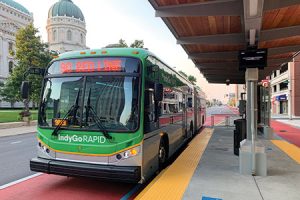
The IndyGo board on Thursday approved the $7.5 million purchase of 13 diesel buses and also canceled a $6.5 million order for five electric buses made in California by China-based BYD Ltd.
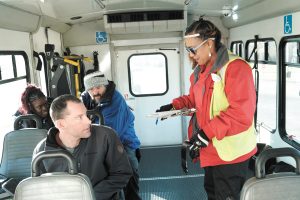
IndyGo says the vendor it hired to operate its reservation-based transit service for disabled riders isn’t meeting expectations.

IndyGo vendors are still working to deploy two key features that were supposed to be in place when the Red Line launched Sept. 1—and the delays are both disrupting Red Line operations and hurting IndyGo’s bottom line.
The Red Line has so far proven fairly popular, averaging some 7,000 riders a day. But there have been frustrations—especially in the consistency and timeliness of the buses’ arrivals and departures.

The city’s first bus rapid-transit line is up and running, but public-transportation advocates are just getting started—and they’re hoping the next mayor of Indianapolis is on board.
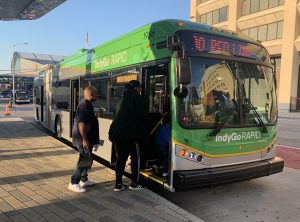
IndyGo says riders took about 8,200 trips on the Red Line on Sunday, the first day the bus rapid transit line was in service.
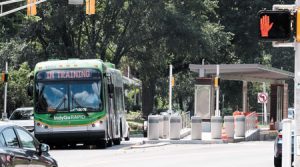
IndyGo has big expectations for the bus rapid transit route—including a 69% increase in ridership along the north-south corridor by this time next year.
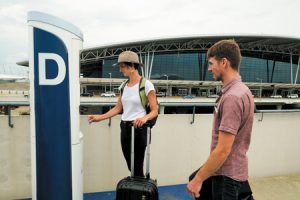
Blue Indy has yet to see a money-making year, and the company’s top Indianapolis official says he can’t predict when that will happen.
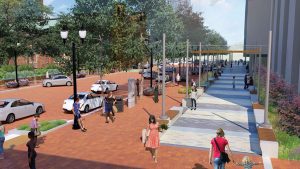
The complete overhaul of the street will include a raised pedestrian crossing between entrances for the City-County Building and the City Market.
It’s unclear, however, how many high school students will be able to rely on the city’s long-starved transit system to get to school if the district eventually stops providing buses.
The plane is expected to start flying again in January 2020 “under the latest scenario,” the Wall Street Journal reported, citing unidentified sources within the Federal Aviation Administration and pilot-union leaders.
The first phase of IndyGo’s bus rapid transit project, the Red Line, remains on schedule for a Sept. 1 debut.

The transit system has hit some speed bumps as it works to implement a new model of electric bus that will be its fleet for the Red Line, the rapid-transit route that begins service Labor Day weekend.
The new rules cap the number of licenses for dockless shared-use mobility companies in Indianapolis and mandate that those companies deploy a certain number of scooters to different areas of the city.

City officials and transportation advocates want to increase access to scooters for low- and moderate-income residents who live outside the downtown areas where they’re most heavily used.
The new pay-as-you-go pricing puts Pacers Bikeshare more in line with the pricing model used by scooter companies Bird and Lyft, which have eaten into the program’s business.